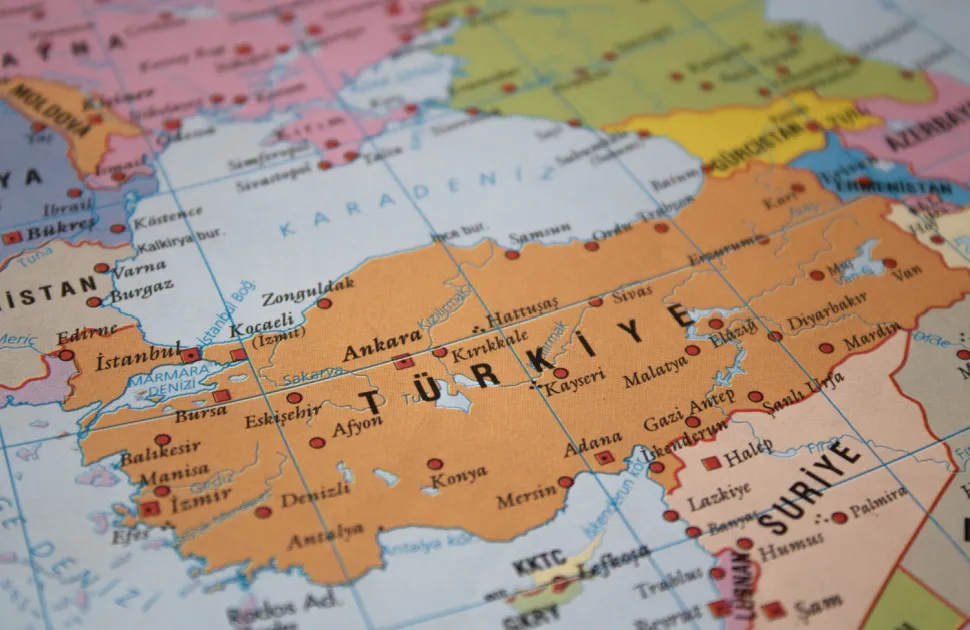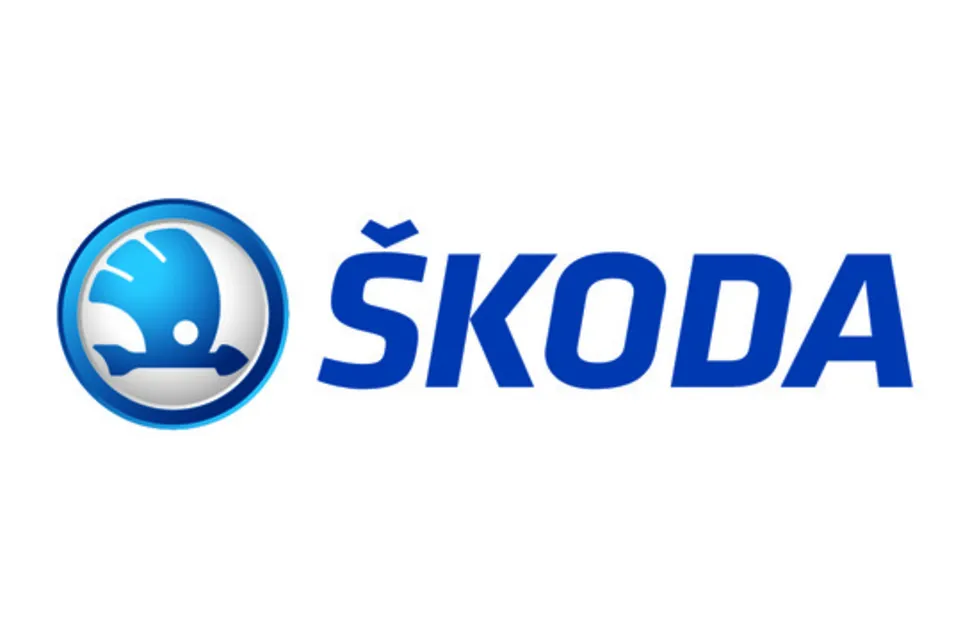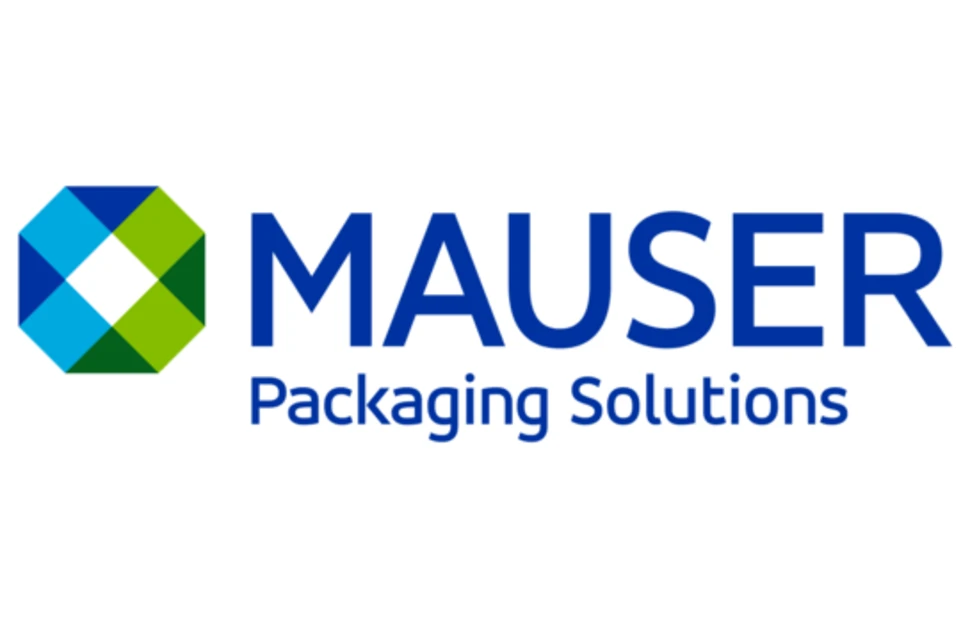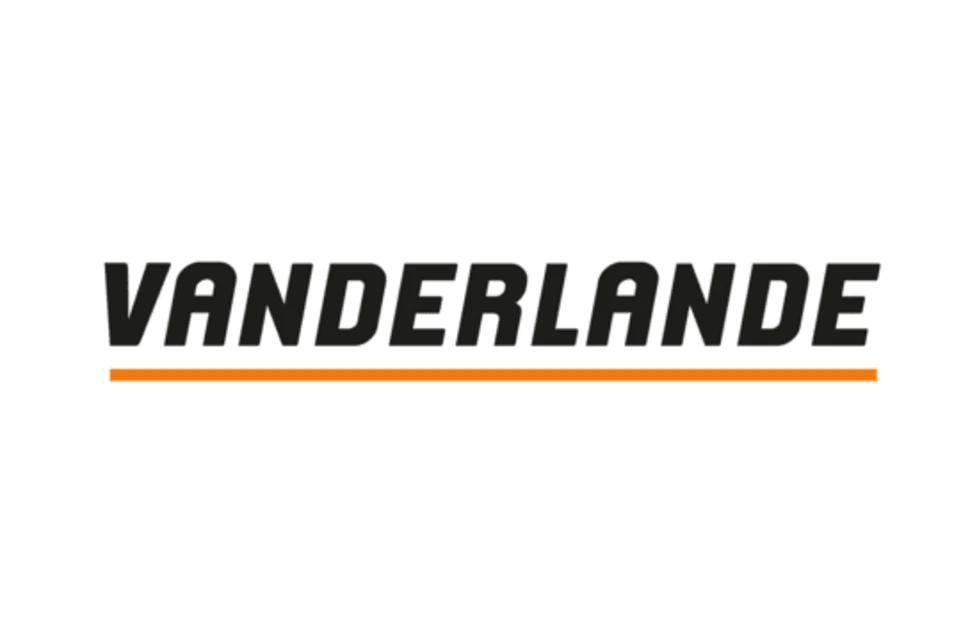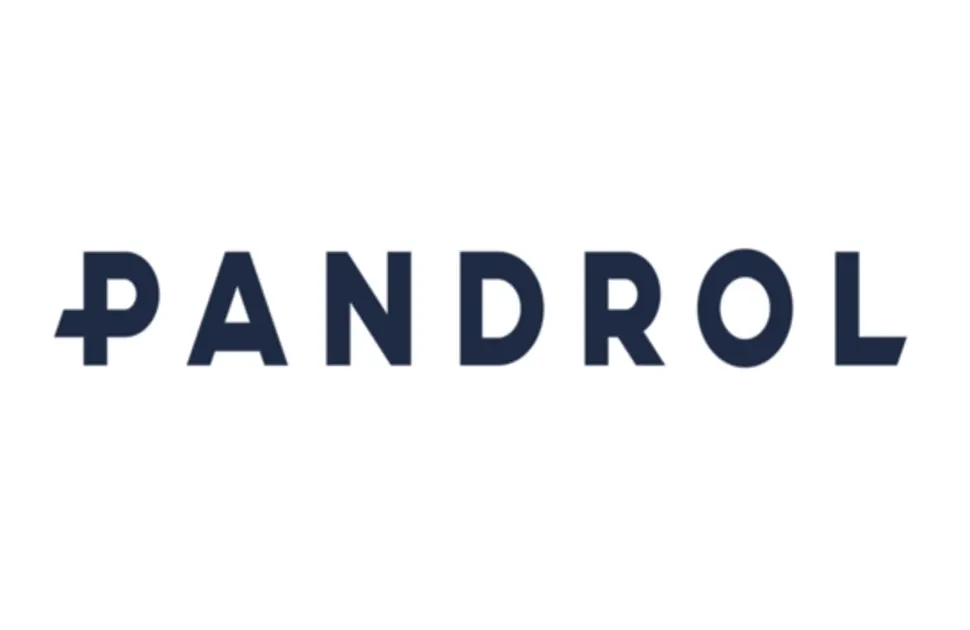Upward momentum for European flat product prices stalls
The earthquakes which struck Turkey and Syria, on 6 February, devastated buildings and cost many thousands of lives. Full reconstruction will take several years.
In the immediate aftermath, all Turkish steel producers, whether located in the disaster area or not, were only concerned with assisting the relief effort. Trading operations were suspended, indefinitely. Transport, machinery, equipment and buildings are being employed to support rescue work in the stricken region.
It is uncertain when steel production and shipping activity will resume in Turkey. The port of Iskenderun, for example, is severely damaged and inbound cargoes, including those of scrap steel, are being diverted. Turkish mills have cancelled sales orders, some declaring force majeure, with no indication when production could restart at disrupted facilities. Letters of credit cannot be presented or amended, in the absence of local banking facilities.
Prior to the earthquake, Turkish coil mills’ selling activity in Europe had already reduced. Quotas and potential duties limited the interest of buyers and sellers alike.
Western European steel coil prices rose sharply in the first weeks of 2023. Service centres needed to replenish their depleted stocks, but domestic output was still restricted by earlier capacity cuts. Delivery lead times and offers for imports, mainly from Asia, were unattractive. EU steel producers took advantage of increased apparent demand and limited competition, to raise prices.
By early February, however, the upward momentum had stalled. Steel producers continued to announce further increases but most buyers shunned these moves. Real demand shows no sign of substantial recovery, and stock orders have now been placed.
Coil buyers question whether current prices can be maintained, given the lack of new business. They point to several factors which could lead to falling steel prices.
The automotive industry is not operating at full scale. Furthermore, several European producers have announced plans to bring idled steel capacity back on line. This could ease supply tightness. Moreover, a lack of recovery in the Chinese steel market would exert negative pressure on international steel values.
European buyers will attempt to resist new, increased domestic offers, as long as price sustainability remains in doubt. Mills will inevitably see a slowdown in order intake. This could temper their pricing ambitions, although early indications are that steelmakers will stay firm.
Short-term trend for longs uncertain
Long products, by contrast, saw almost universal negative price movements, month-on-month. This sector, however, is likely to feel the effect of Turkish disruption more quickly than flats.
The demand outlook, however, especially for construction, is weak. High inflation and rising interest rates have stifled new housebuilding works throughout Europe. As a consequence, steel stocks remain relatively high, despite efforts to reduce inventory.
Within the longs sector, beam producers have been most active in pushing for higher prices, with little success. Distributors are reluctant to replenish stock at levels close to outsell values, amid poor market conditions. Much of their current stock was purchased at the previous peak, in the middle of 2022.
Rising scrap prices have been offset by decreasing energy costs. The enforced absence of Turkish buyers, however, is reversing the trend, causing scrap values to soften. Any effort to raise steel prices on the basis of cost is likely to fail, in the short term.
The necessary reconstruction work in Turkey, once it can start, will alter the flow of scrap and structural material. Local mills will concentrate on domestic works and other regional producers will seek to make up any shortfall. Within Europe, raw materials and rolled steel goods may become less plentiful, and prices would rise.
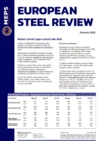
Source:
European Steel Review
The MEPS European Steel Review is an informative, concise and easy-to-use monthly publication, offering unique professional insight into European carbon steel prices.
Go to productRequest a free publication